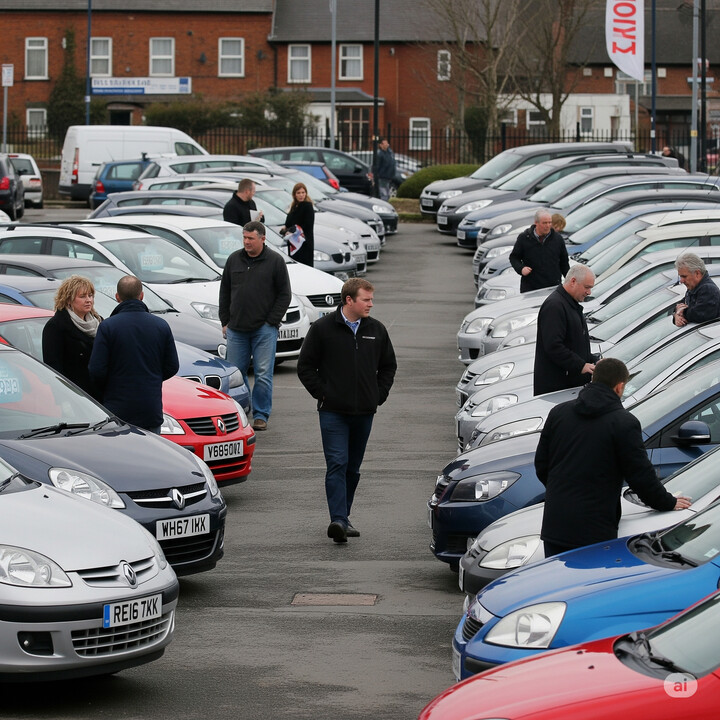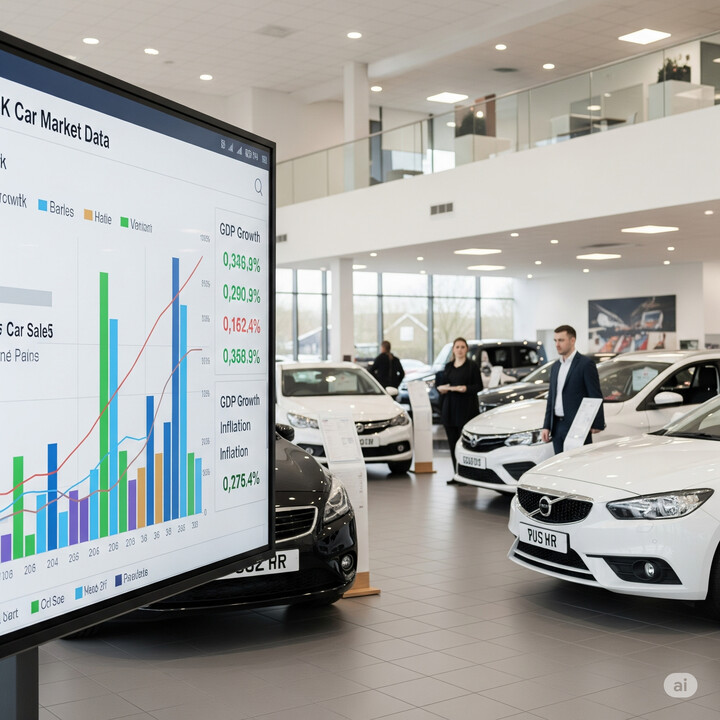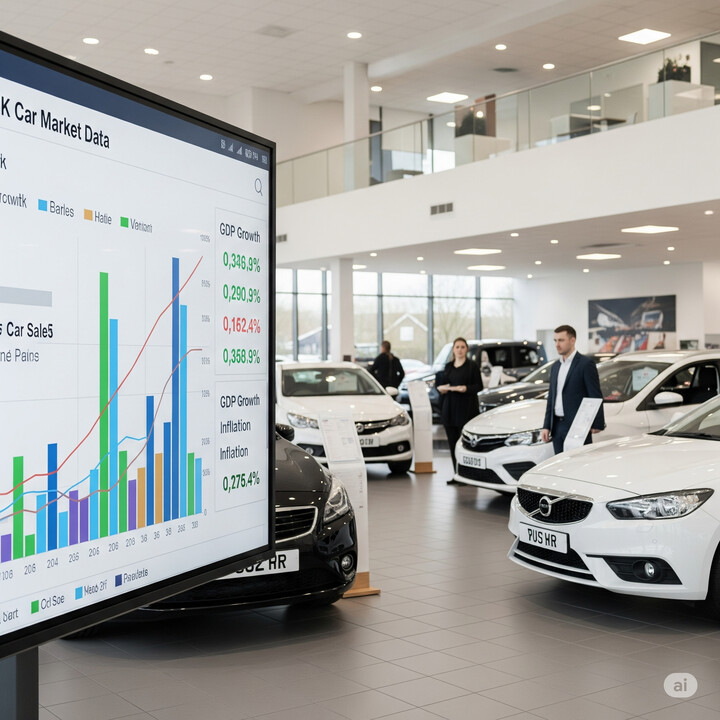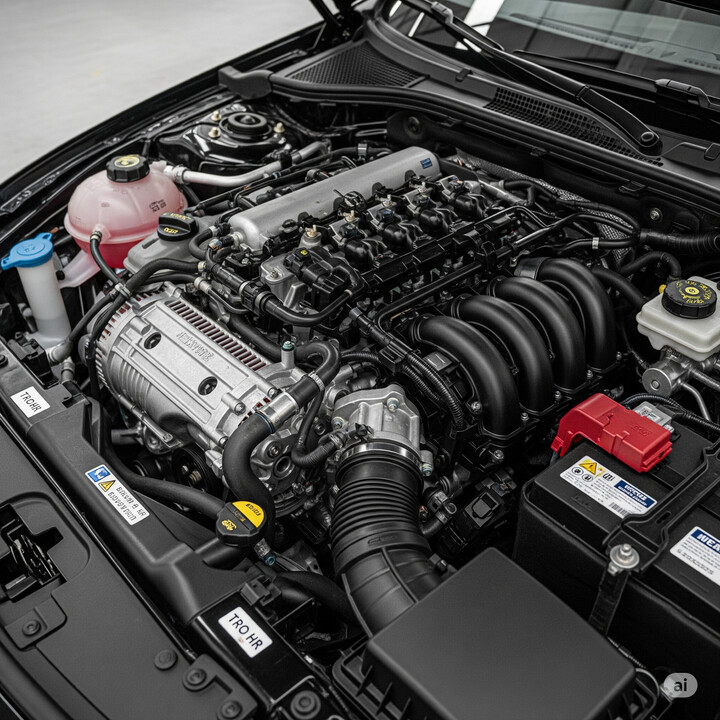
PEUGEOT E-308 SW (2023-) 5DR SW 0.0 ELECTRIC 54KWH 156 GT AUTO
The PEUGEOT E-308 SW (2023-) 5DR SW 0.0 ELECTRIC 54KWH 156 GT AUTO is an all-electric estate vehicle that combines stylish design with practical versatility, making it an excellent choice for families and commuters alike. As a compact yet spacious wagon, it offers plenty of cargo capacity while maintaining a sleek profile, perfect for those looking for an eco-friendly car with everyday usability. In the UK market, this model stands out among electric estates for its modern look, user-friendly features, and efficient electric driving experience, with a 54kWh battery that provides a good balance of range and performance.
Notably, the PEUGEOT E-308 SW delivers a smooth and quiet drive, complemented by the convenience of automatic transmission. Its appeal extends to drivers seeking a reliable, cost-effective alternative to traditional petrol or diesel cars, especially with rising fuel prices and increasing environmental awareness. The model’s popularity in used car markets reflects its reputation for quality and value, with an average valuation of around £31,140 based on recent data. Known for its stylish design, comfortable interior, and impressive electric range, the PEUGEOT E-308 SW (2023-) 5DR SW 0.0 ELECTRIC is well-suited for families, urban dwellers, or anyone looking for an efficient and practical electric estate car without compromising on style or comfort.

average use

The data indicates that all recorded mileage readings for the PEUGEOT E-308 SW (2023-) 5DR SW 0.0 ELECTRIC 54KWH 156 GT AUTO vehicles are within the 0 to 10,000 miles range, accounting for 100% of the dataset. This suggests that these vehicles are relatively new or have low mileage generally, which may imply they are either early in their lifecycle or have been driven infrequently.

vehicle values

The private sale valuations for the PEUGEOT E-308 SW (2023-) model indicate that the majority of listings fall within the £28,000 to £33,000 range, with 20% of the valuations in each of the £30,000–£31,000 and £31,000–£32,000 brackets, and a significant 40% in the £32,000–£33,000 range. Smaller proportions are found in the £28,000–£29,000 and £31,000–£32,000 brackets, each representing 20%. This distribution suggests a strong market where most private sale prices cluster around the £30,000–£33,000 mark, with a notable concentration in the upper end of that range.

production years

Based on the available data for the PEUGEOT E-308 SW (2023-) 5DR SW 0.0 ELECTRIC 54KWH 156 GT AUTO, most vehicles in our sample are manufactured in 2024, accounting for 60%, with a smaller proportion from 2025 at 40%. This suggests that while the model is relatively new, a significant number of vehicles are already appearing on the market from the upcoming year, possibly indicating early production or pre-delivery registrations for 2025.

colour popularity

The data indicates that the most common paint colour for the Peugeot E-308 SW (2023-) is red, accounting for 60% of the vehicles sampled. White and grey are less prevalent, each comprising 20%. This suggests a strong preference for the red exterior among these vehicles, potentially reflecting consumer trends or manufacturer offerings for this model.

ownership cycle

The data indicates that the majority of Peugeot E-308 SW (2023-) vehicles, specifically 80%, have had only one registered keeper since registration. Additionally, 20% of these vehicles have had two registered keepers. This suggests that most owners tend to retain their vehicle for an extended period, which could imply good vehicle reliability or owner satisfaction. The relatively small percentage of vehicles with multiple keepers indicates limited turnover in ownership within this model group.

engine choices

The data indicates that all PEUGEOT E-308 SW (2023-) vehicles in the sample are fully electric, with no available engine capacity figures. This aligns with the vehicle's electric nature, emphasizing that traditional engine capacity is not applicable. The uniformity in primary fuel type suggests a consistent electric drivetrain across the sample, reflecting the shift towards electric vehicles in this model.












